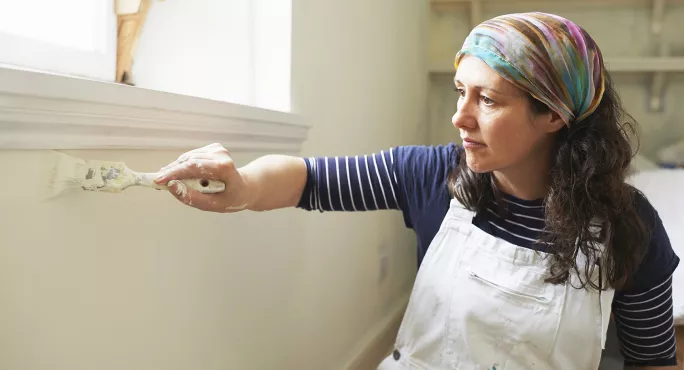- Home
- Leadership
- Compliance
- How schools can take control of their building estate
How schools can take control of their building estate

What makes a good learning environment?
This is widely discussed in education, and often involves considerations such as wall displays, behaviour management, routines and learning pedagogy. However, the built environment in which learning takes place also matters.
Yet, the condition of school buildings is rarely discussed in the same sentence as learning environments. Perhaps, historically, there has been a greater focus on understanding how we learn as individuals, rather than understanding how where we learn impacts our abilities.
Nonetheless, building environments affect academic performance and contribute to how it feels to be in a particular space.
Monitor your environments
How many times have you found it difficult to concentrate because the temperature is too high or too low? Can you take pride in your setting if fixtures and fittings are left in need of repair? Do you perform at your best if the lighting is dim while you work?
Of course, budgets are under immense pressure and school leaders must frequently make compromises.
Added to this, new challenges have come to the fore since the pandemic: schools have been navigating ways of keeping pupils and staff safer, there has been a transition to digital teaching when necessary, and there are tough decisions to be made.
To help schools and trusts manage this, the Royal Institution of Chartered Surveyors (RICS) has developed a framework that can be used to help with such decisions, along with a free online tool.
The aim is that school leaders and managers can make use of these to understand their built environments and, in turn, improve learning environments so teachers and pupils work and learn better.
What is IBOS?
The framework is called the International Building Operation Standard (IBOS) and supports strategic decision making and encourages consistent evaluation of building performance.
It is free to use and is based on five pillars: compliance; functionality; economics; sustainability; and performance.
The online assessment tool enables school leaders and business managers to self-assess their settings. Users answer key questions about their building in relation to each pillar.
Once all sections have been completed, the tool generates a report that gives both an overall percentage and a percentage by pillar.
Using this, leaders and business managers can consider where their settings are performing effectively against the pillars and where some attention is needed.
IBOS does not tell the user what decision to make, however, as this will be unique to each context.
Using the tool to optimise learning
The hope is for schools that integrate IBOS into their evaluation processes can optimise their building performance, which in turn optimises learning.
For instance, is it better to open windows to create a more hygienic learning environment or to invest in air purifiers? What’s the trade-off between economics and functionality when doing so?
In this scenario, the IBOS pillars of economics (costs), functionality (how people behave in your setting), and sustainability (how far your decision has an environmental impact) need to be considered alongside each other.
The decision-making process is also influenced by whether the change needed is long term or short term.
For example, if opening windows allows fresh air in but means learners can’t concentrate or are more likely to be absent due to colds or discomfort, then investing in air purifiers may be a more suitable long-term option.
However, if the change is needed for the short term and you can adapt your setting to allow fresh air in without affecting learners’ routines and wellbeing - for instance by changing seating arrangements and managing noise pollution - you may decide the more economical option better supports your priorities.
Rather than telling you what decision to make, IBOS provides a framework to support strategic decision making.
Enabling understanding
Ensuring school buildings are maintained while providing the resources learners need has become an increasingly difficult juggling act.
Using IBOS - and the online self-assessment tool, in particular - we hope that leaders and facilities managers will be able to evaluate building performance in a consistent way.
What’s more, the tool should help schools better understand the relationships between buildings and learner performance.
They can use results to draw on their professional networks for support, share knowledge about how they are meeting the requirements for particular pillars - and, ultimately, improve the learner experience.
Find out more about IBOS and use the self-assessment tool here.
Paul Bagust is head of property standards at RICS
You need a Tes subscription to read this article
Subscribe now to read this article and get other subscriber-only content:
- Unlimited access to all Tes magazine content
- Exclusive subscriber-only stories
- Award-winning email newsletters
Already a subscriber? Log in
You need a subscription to read this article
Subscribe now to read this article and get other subscriber-only content, including:
- Unlimited access to all Tes magazine content
- Exclusive subscriber-only stories
- Award-winning email newsletters



